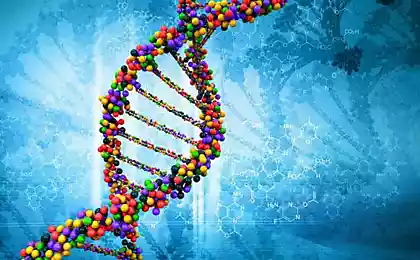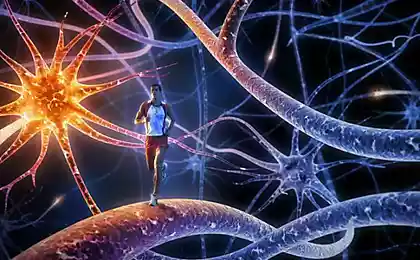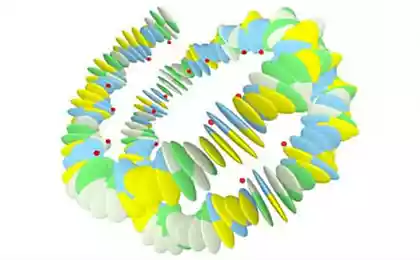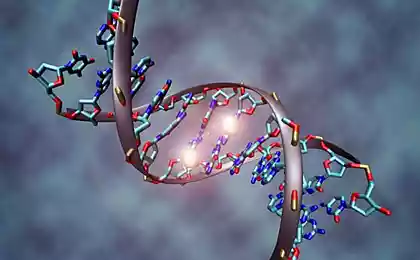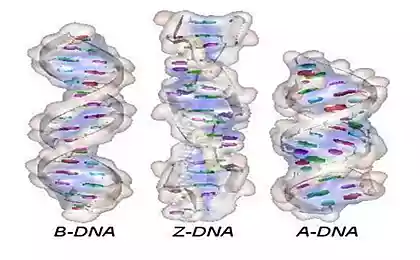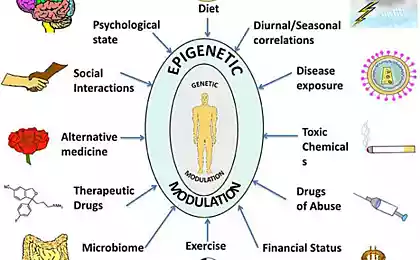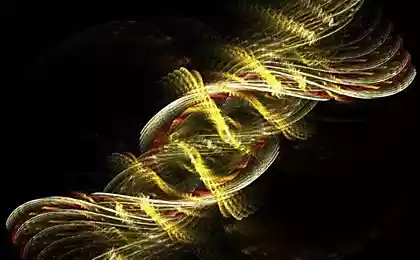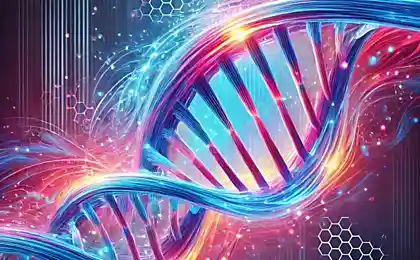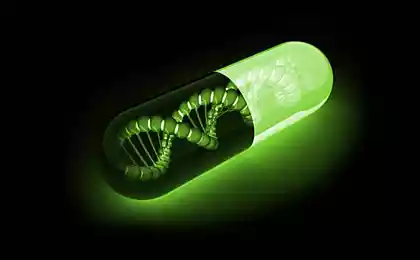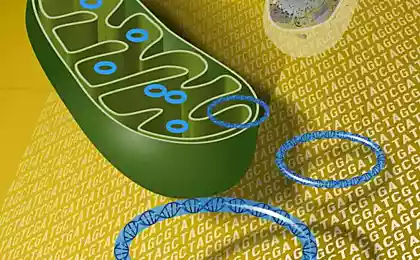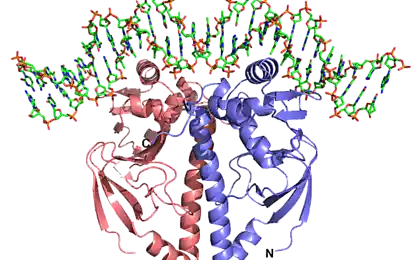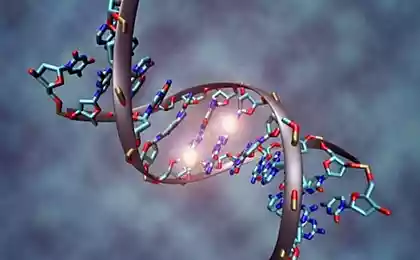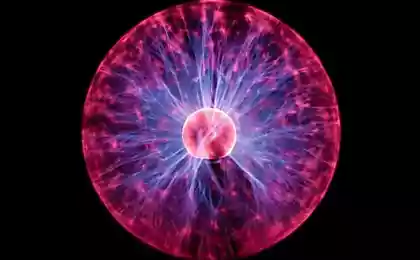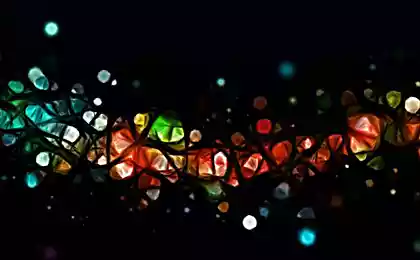521
The sun's rays can damage DNA

The sun gives the earth the energy needed to sustain life, but UV radiation can cause serious harm. The effect depends on the properties of the body - in order to absorb certain type of beam, the object must have a certain structure. For example, X-rays visible bones, because X-rays are the best "absorbed" by the calcium in the bones, and flesh pass through freely.
But DNA has the ideal structure for the absorption of ultraviolet radiation. Each molecule comprises a nucleic acid, size and composition of which is ideal for this. Of course, this can not harm living organisms. But when two spiral filaments - as in the case of DNA - are close enough to each other, their structure is changed sufficiently to reduce the absorption of ultraviolet light to a minimum.
Sometimes, however, the DNA strand as a result of overheating or some other processes move away from each other at a sufficient distance to the absorption of ultraviolet radiation has increased dramatically. The more light is absorbed, the less and less becomes healthy DNA, the more filaments in different directions. This process is called hyperchromatic effect.
With hyperchromic effect, scientists using special spectral analysis, can check what kind of damage suffered your DNA.
via factroom.ru
The cause of the mysterious "circles of the fairies" in the African desert - ordinary termites
The prototype of the "Ring" Tolkien was the ancient Roman ring with a curse
